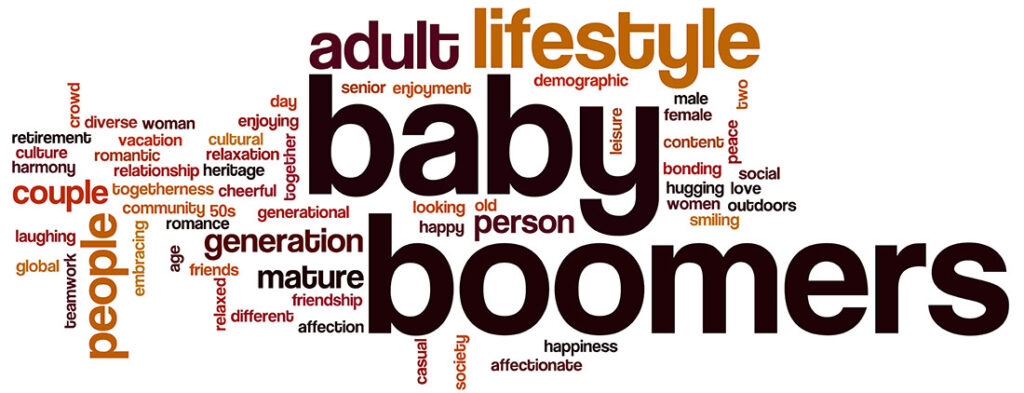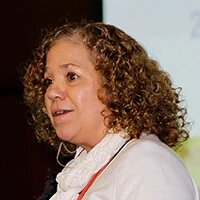Over recent years more professionals have come out the organization than those who have joined in markets heavily affected by the economic downturn. For example, in Spain many of these professionals who have left the company (specifically 44%) are over 45 years old. Professionals with experience and knowledge of their profession and sector become in many cases long-term unemployed because of the ageism (age discrimination) that marks our society.
Even public attention has been drawn to the problem of ageism, in an article published by Guardian, “In the UK, 64% of people believe ageism is a serious problem, compared with 44% for Europe as a whole. Only in France, where 68% of people believe age discrimination is a very serious or quite serious problem, are the figures more worrying.” And these figures were extrapolated from the the European Union Social Survey itself.
It would still be a good cost-cutting scheme for companies—but for the state coffers that cannot afford it anymore—to reduce the workforce through early retirement by expelling baby boomers in their fifties from active life, right in the prime of their profession. In Spain 55% of current retirees stopped working before their time, before 65 years of age. Age discrimination experts also point out that, “Across the EU, the employment rate of older people (55 to 64 years old) was 42.5% in 2005… (source: Eurostat)”
What’s more, they are excluded from scarce recruitment, because they are supposed to be difficult to train, conservative, and averse to taking risks and responsibilities as well as uncapable of undertaking long and heavy work days. Such prejudices and stereotypes are not backed by by any study or research but generally accepted by HR units.
Plus if within the company they are not considered for training activities and if they are relegated to positions and functions often of little value, then upon leaving the company they are condemned to the underground economy and in the best of cases, to job insecurity. Entreneurship is forced upon senior workers who were educated from the cradle that it was desireable and the height of good fortune to have stable employment for life and the prize in the labour lottery was to pass civil service examinations. So most baby boomers have been, are, will be, and feel employees rather than business people.
But this approach, exacerbated by the recession and the paradigm shift we are experiencing is falling apart slowly given the persistent evolution of the age pyramid in Spain. Right now there are more people over 50 than under 18, and there are signs emerging of maturity reasserting over the adulation of youth that has prevailed in industrialized societies. And not just from the European Community’s working committees to give one example; industry is turning to look at this phenomenon of this new majority of senior workers who can continue in top form to produce and consume many more years. Indeed they will have to be considered as agents of change and innovation within organizations, intrapreneurs who will help the company in its transformation process of the paradigm shift we are experiencing.
Hence we see a proliferation of movies and products and services that address the issue of mature adults, their new waysof living, their “maturescence” crises until they accept this new stage of life, their tastes and preferences… Just like the 50s and 60s in the last century were saturated with films and businesses about and for teenagers.
Thus companies and organizations, particularly their HR departments, will have specific policies to address the characteristics, needs and potential of this new majority: the Golden Workers, senior workers in the prime of their careers wanting to continue to develop and grow within an organization.
In this respect, of particular importance are programmes and policies that develop what has come to be called “Age Management” and which seek to harness the wealth of intergenerational coexistence within the company.
While taking into account age, such programes present new models of flexibility at work and address the occupational health of workers, work–life balance, lifelong learning and updating, regardless of age and professional experience, knowledge management expertise, and more.
I would like to point out that of all the resources and measures, age management programmes usually propose mentoring, albeit with customary features somewhat revised and adapted to current circumstances.
For two thousand years mentoring has been a strategy to help junior professionals to successfully make the transition from school to work, to improve their performance at work, or to reposition without difficulty in a new job post.
Mentoring actions have always depended on seasoned professionals with many years of experience in a job or within the same organization. But today, labour cycles are much shorter, lifelong employment is disappearing, there are no mass graduate hiring processes. Constant lifelong learning is necessary for any professional under circumstances marked by relentless change; we are all lifelong learners, juniors incorporating new competencies and skills day by day. Mentoring can occur between peer colleagues, between equals, or even from the less experienced worker with the senior worker who must reinvent urgently.
Peer mentoring facilitates the constant reinvention professionals and organizations are undergoing at present. Such that despite the accumulated experience, a senior worker must become an eternal learner, and all professionals within the organization, masters transmitting knowledge and experience.
Mentoring helps mentors to build their capacity as leader and trainer, and helps “mentees” to develop new skills and knowledge.
Therefore in a mentoring programme what is important is not the age of one or another of the participants, but the experience they have of the skill and the knowledge to cultivate, and the role the organization wants each individual to take on.
The learning processes through mentoring relationships are well suited to elicit the reactivation of a senior worker’s career because he is the “mentee” who sets the goals and objectives to achieve and the learning to cover, while the mentor shares ideas, experiences and values. Adults learn best when they are the ones who decide on their own learning.
The mentor helps the mentee to be proactive rather than reactive when cultivating new skills and abilities. The mentor empowers, he does not resolve. The experience of the mentor is just another learning resource.
The mentor shares his network with the “mentee” and invites him to create his own network.
Ultimately both are enriched by the ideas and knowledge of one another, thus enhancing their professional and personal development.
And to conclude, peer mentoring or even reverse mentoring is an effective learning system in times of lifelong learning.






